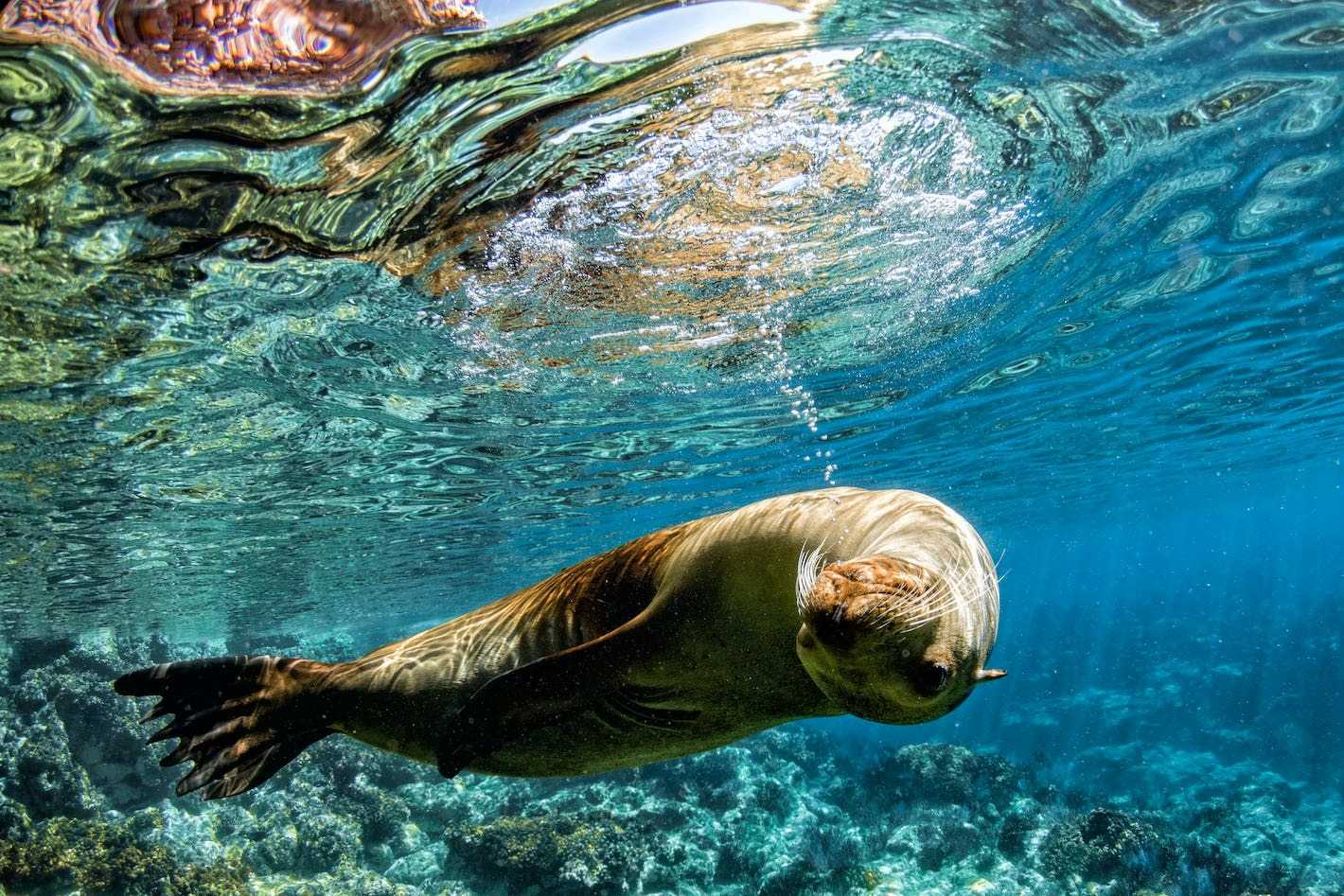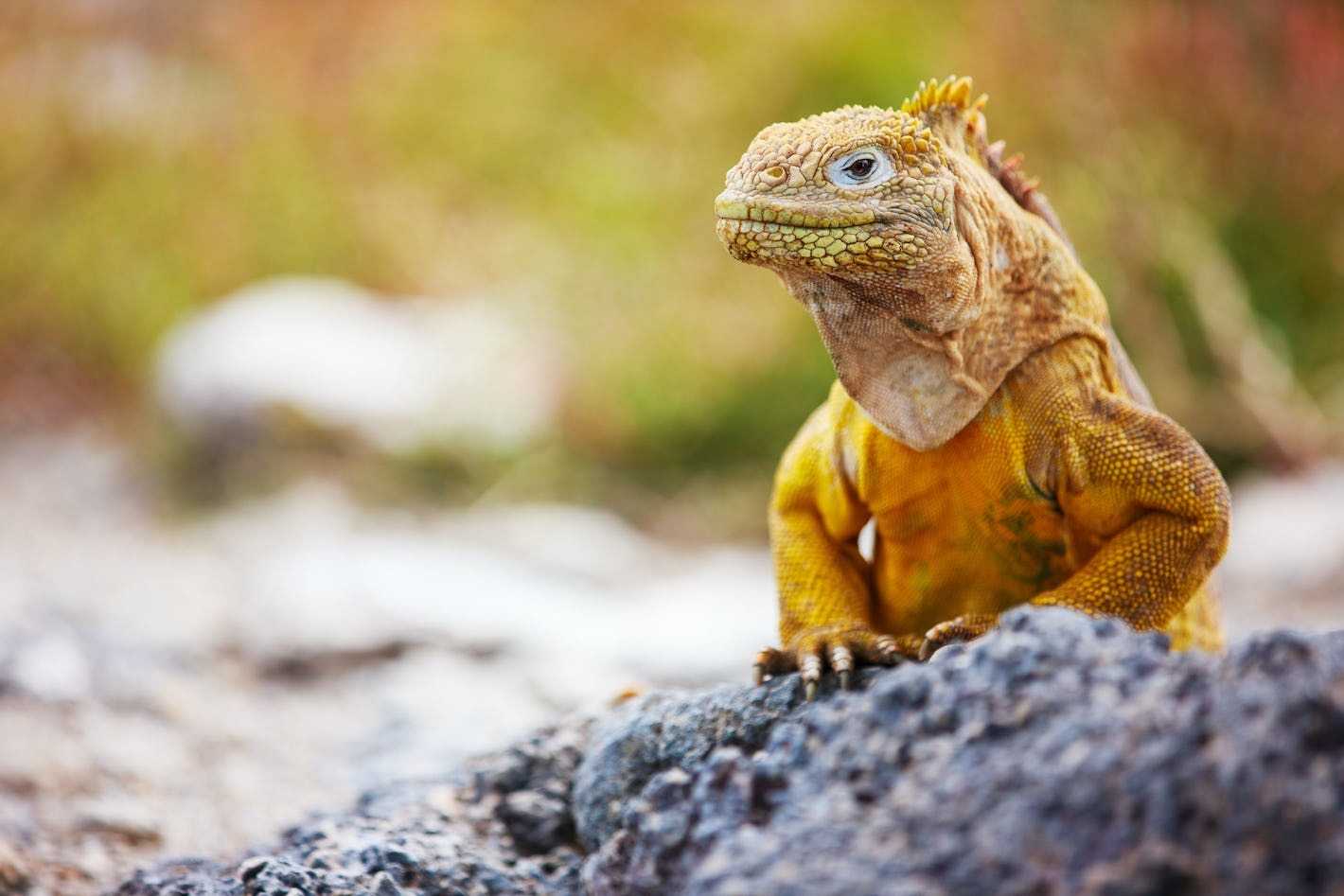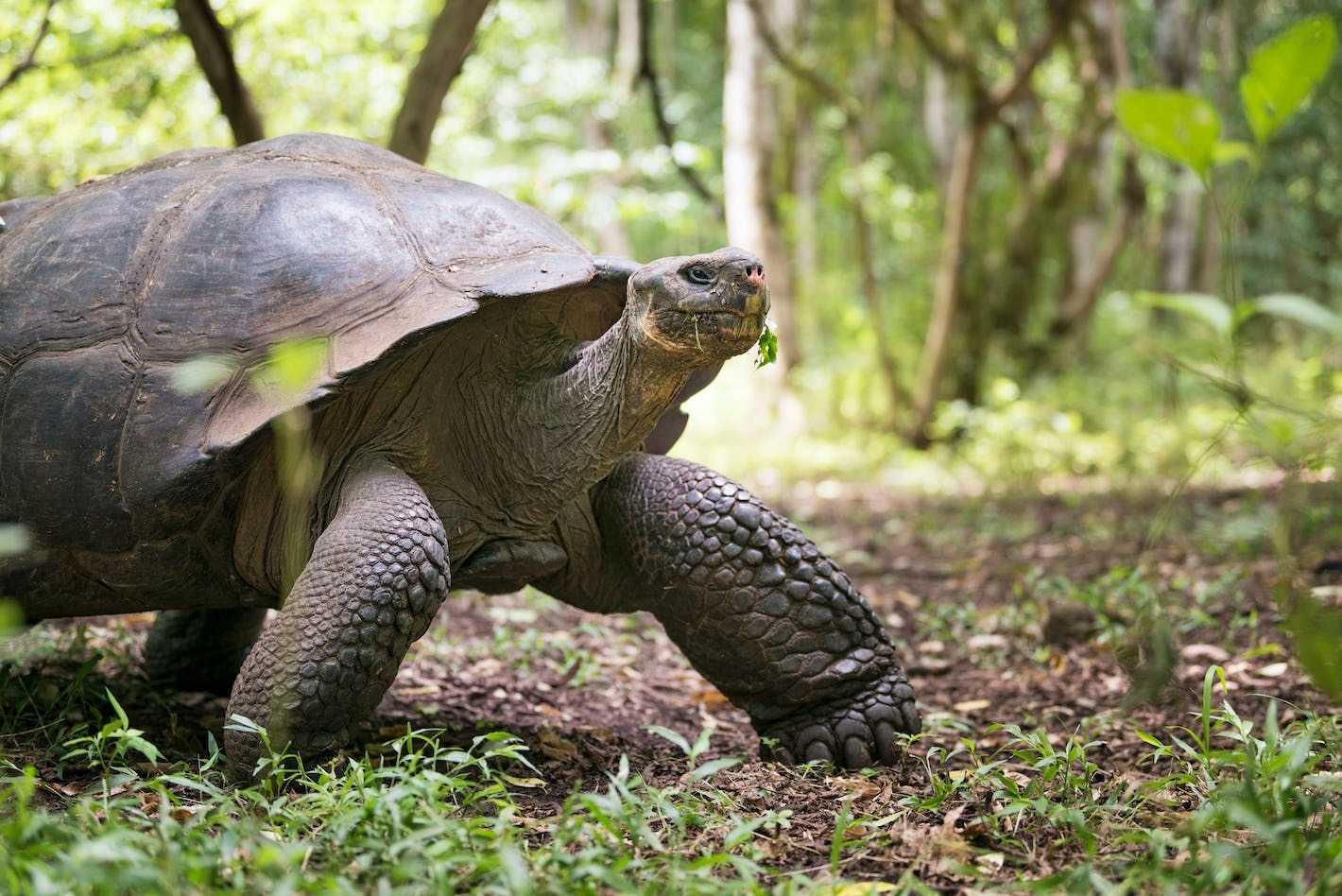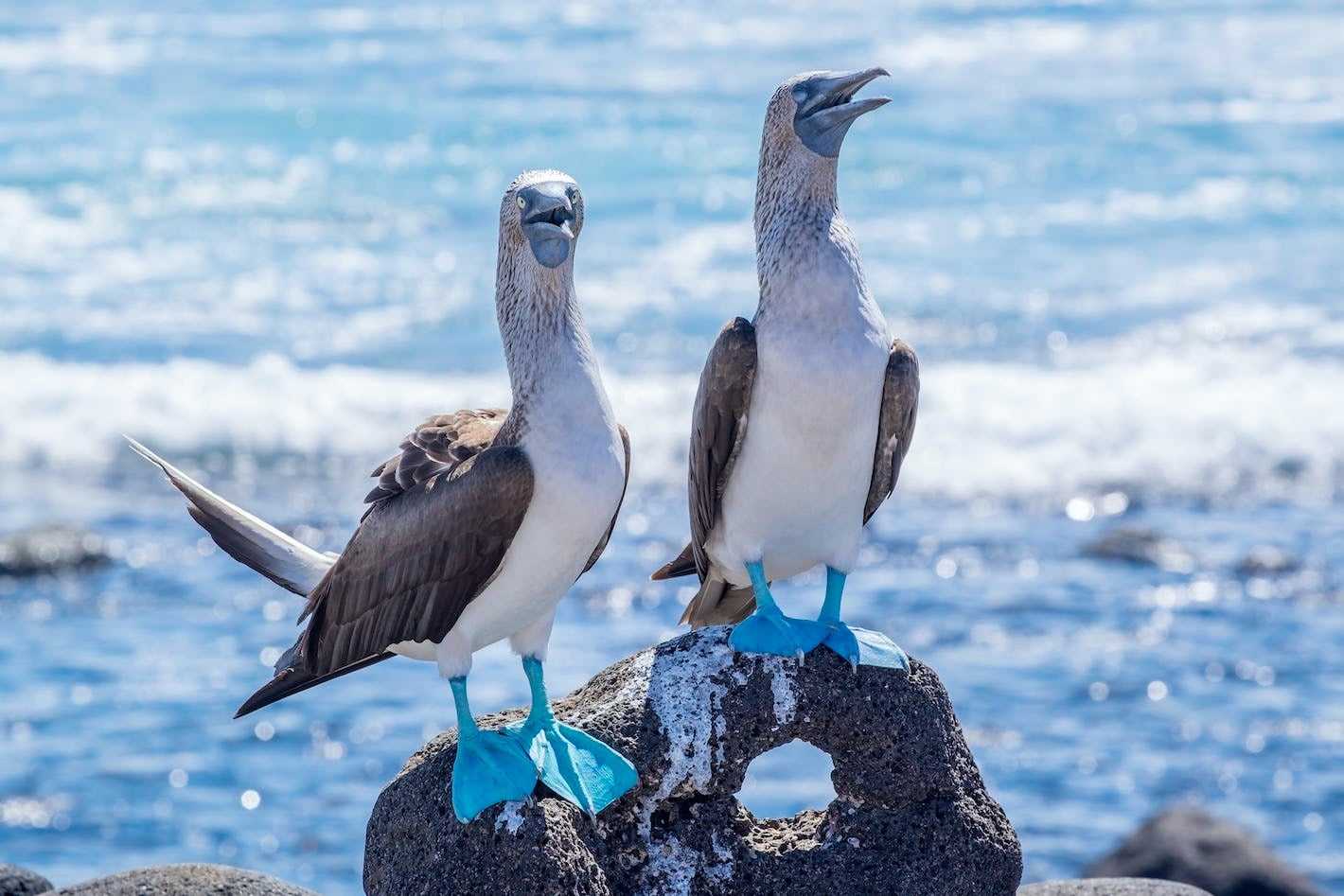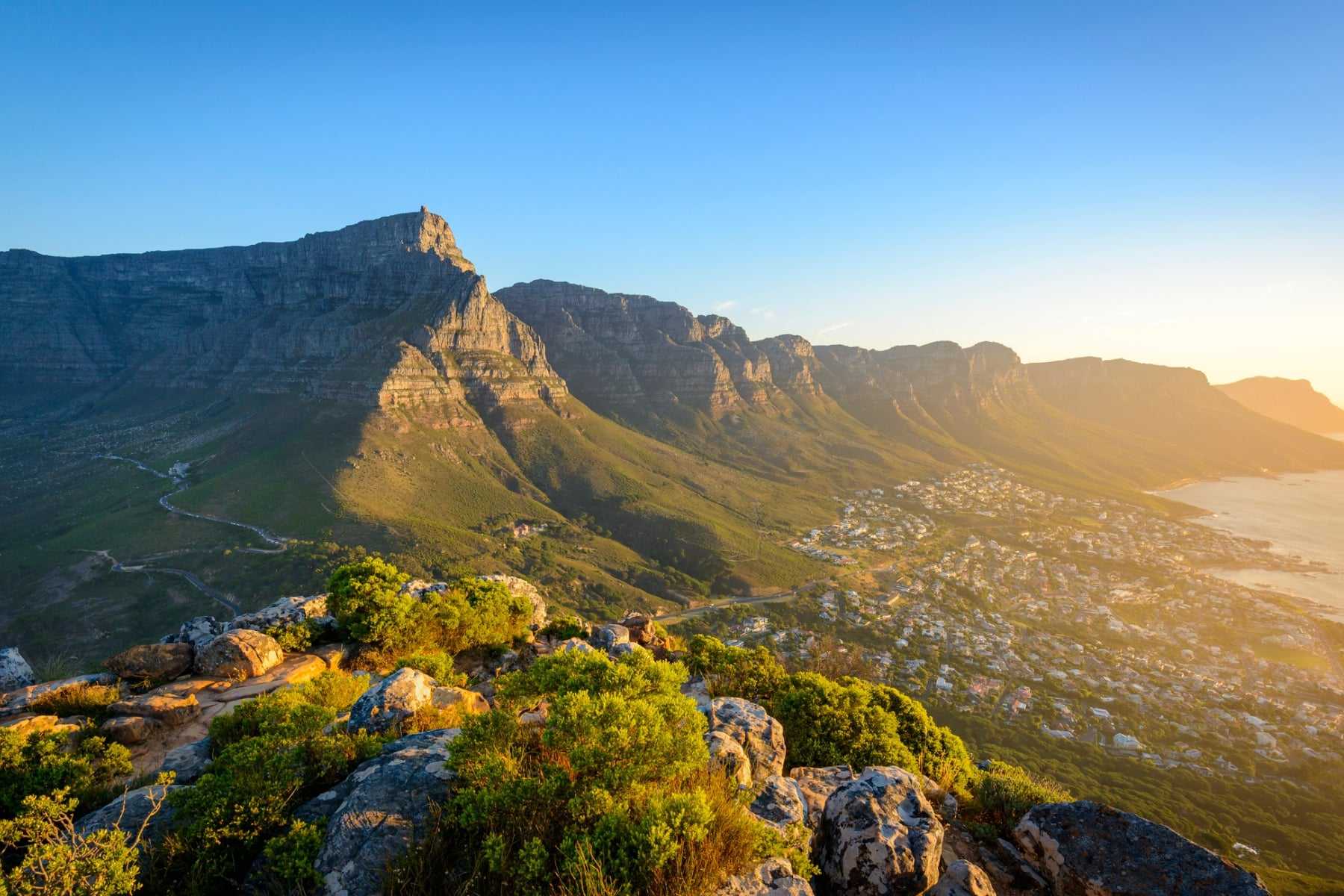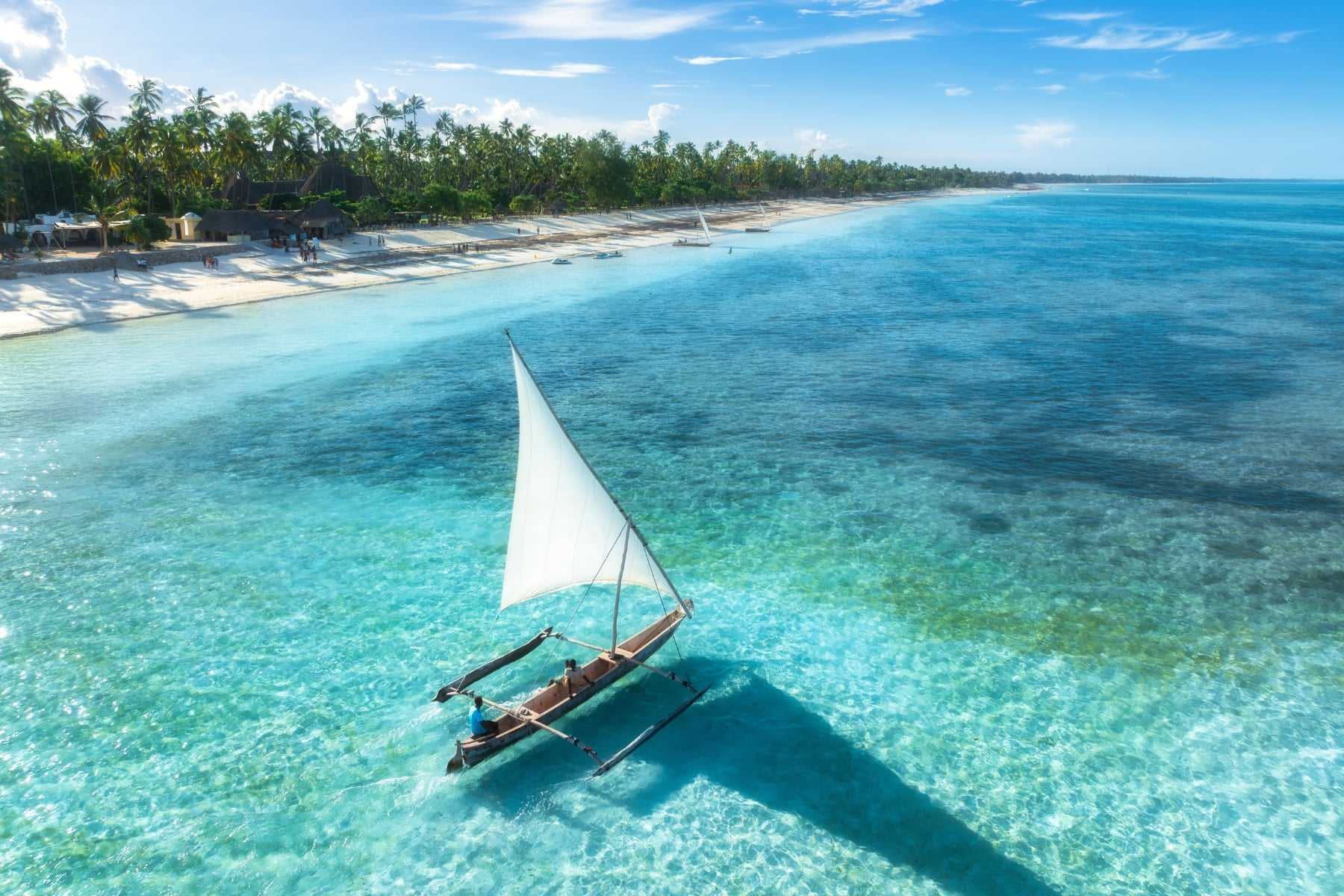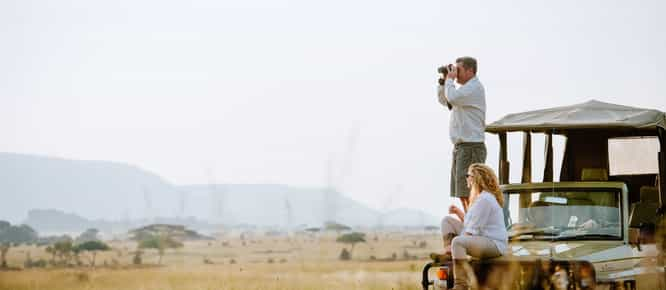Galapagos Wildlife Guide
Across Latin America, there is one destination stands out amongst the rest for its fantastical wildlife: the Galapagos Islands. Sitting about 960 kilometres off the coast of Ecuador, the archipelago was isolated for millenia resulting in the evolution of some weird and very wonderful species found nowhere else on the planet. The most iconic have been dubbed the ‘Galapagos 15’ and include the likes of giant tortoises (they’re different on every island), iguanas, tiny penguins and brightly-coloured birdlife. Read on to hear all about the wildlife of the Galapagos and where to look for it.
To note: the archipelago is made up of dozens of islands from large and inhabited to the tiniest specks of land. In this article, we’ll focus on three of its most well-known. While there is a certain amount of overlap between the islands, there are subtle differences between each species and some animals are endemic to a single island.
Isla Isabela
Isla Isabela is the largest of the Galapagos Islands and characterised by striking volcanic terrain. Here, you can spy nesting flightless cormorants and the largest populations of Galapagos flamingos and penguins, who leap from the cliffs and carve effortlessly through the water below. The island is also home to several groups of giant tortoises, iguanas (who bask on the volcanic slopes or on the sandy beaches), and colonies of fur seals and sea lions.
Isla San Cristobal
The diverse landscape of San Cristobal offers perfect terrain for a variety of wildlife. From the deck of your boat, you’ll spy a menagerie of marine life including sea lions, Galapagos fur seals, sea turtles, manta rays and marine iguanas — and some of them may even join you for a snorkel. Then, head inland to the Cerro Colorado Tortoise Reserve to see giant tortoises ambling across the grass. Keep your eyes peeled for the archipelago’s iconic birdlife including vermillion-fronted frigatebirds, blue-footed boobies and the Galapagos mockingbird.
Isla Santa Cruz
The most developed of the islands, Santa Cruz isn’t any less spectacular in the wildlife stakes. The island is home to an array of birds, including blue-footed boobies (in season, their courtship ritual is a sight to behold), the Galapagos dove and Darwin’s finches. Then, pay a visit to the Charles Darwin Research Station to learn all about the conservation of giant tortoises including the island’s endemic subspecies.
Whether you choose to base yourself on one island, then take trips out to explore the archipelago further, or cruise its waters for a few days, there will be ample chance to spy the creatures that call the Galapagos home.
